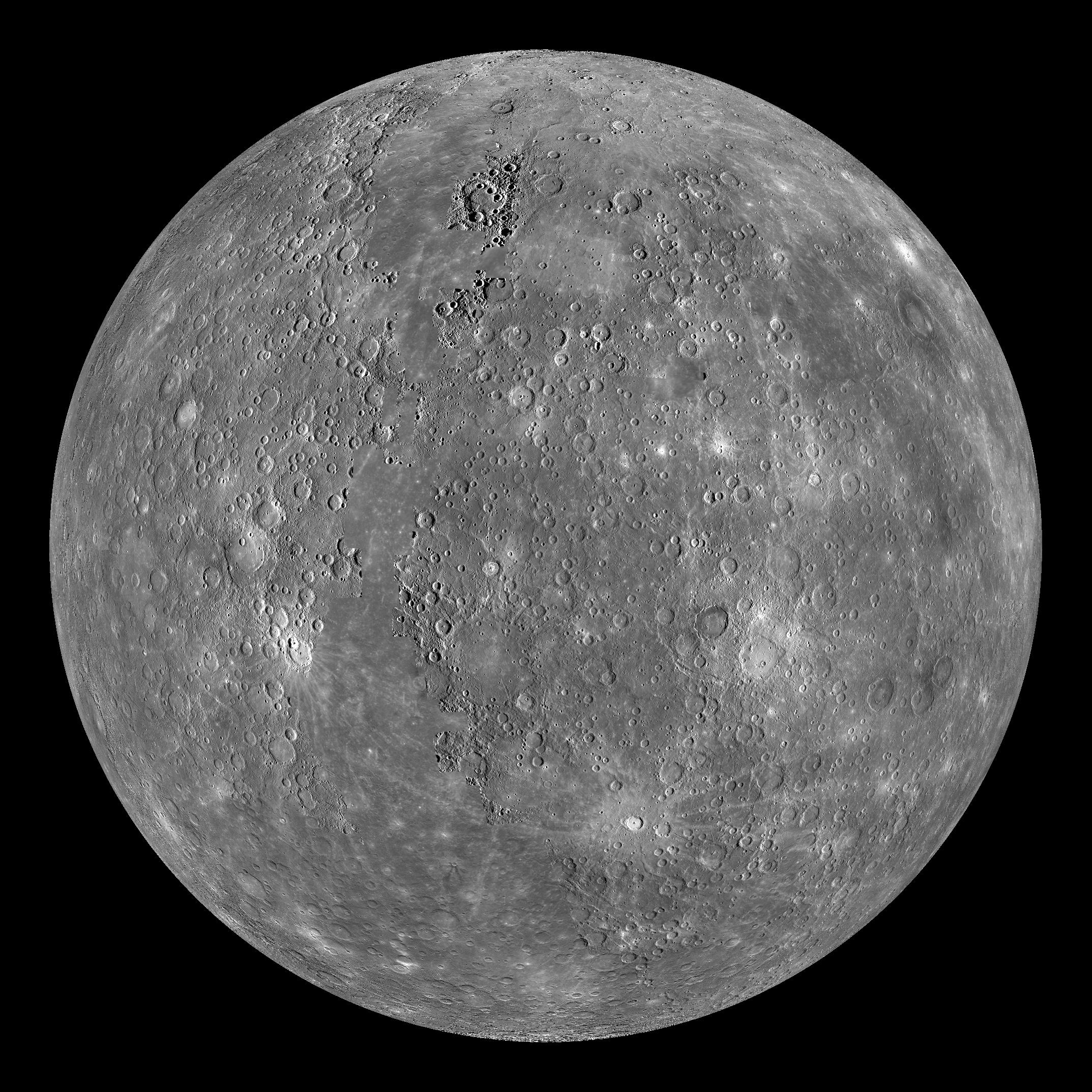
Mercury is the closest planet to the sun. It has no moons or rings but it has plenty of unique and interesting facts given its proximity to the sun.
Mercury had been discovered as early as 5000 years ago by the ancient communities. No wonder it is mentioned in many legends and mythologies illustrating the history of most cultures in the world. The ancient communities referred to it as the morning and evening star because it was visible in the early morning and evening.

Because of how fast it orbits the sun, it was named after the Roman swift-footed god Mercury. Mercury was the Roman’s version of the Greek god Hermes, the messenger for the other gods and protector of travelers and merchants.

Mercury Has No Atmosphere
Mercury is too small and has too little force of gravity to support an atmosphere. Any gases released from the planet escape into space because of the lack of gravity. Furthermore, any atmosphere would be quickly blown away by solar winds because of its close position to the sun. Due to this, there is very little air on this planet and it is too try to support any form of life.
The Surface of Mercury is Full of Scars and Wrinkles

Mercury has a scared surface full of craters believed to have formed after accidental collisions with asteroids and comets. There are extremely deep and irregular pits on its surface. Those pits and craters located on the shadowed areas contain ice.
Its crust is so thick and hard that no volcanic activity can reach the surface. However, there are also smooth plains thought to have formed after recent volcanic activities.
Long ago when Mercury was formed and as the iron core cooled and contracted, it shrunk causing its crust to have wrinkles which scientists call Lobate Scarps.

Mercury is the Second Most Dense Planet in the Solar System
Mercury is the second most dense planet in the solar system only second to our earth. It is a gigantic ball of iron with a thin silicate crust and a recently discovered molten core.
Because it is so near the sun, scientists believe it may have formed differently from the other planets. As the sun formed, it pulled most of the lighter gas and dust particles out of the surface of Mercury leaving only heavy materials, mainly iron, behind.
Mercury Experiences Extreme Temperatures
Mercury is very close to the sun and it has no atmosphere to regulate its surface temperature. For these reasons, it can get extremely hot and cold.
The surface of Mercury facing the sun can have extremely high temperatures reaching up to 800 degrees Fahrenheit or 400° Celsius. The temperature on the side facing away from the sun can be as low as -300 degrees Fahrenheit or -200° Celsius.
Mercury Has Very Long Days and Very Short Years
Mercury is so close to the sun that the sun’s tidal forces have with time slowed down the planet’s rotation such that it almost matches the speed of its orbit around the sun. The planet rotates on its own axis very slowly and takes 58.5 earth days to complete a rotation.
However, its orbit around the sun is so fast- 48 kilometers per second- that it takes only 88 earth days to complete an orbit. Mercury does not orbit the sun in a perfect circle but follows an egg shaped path that brings it closer to the sun sometimes and sometimes takes it further away.
Mercury Can Be Seen with the Naked Eye
You don’t need a special telescope to spot Mercury. Since it is very close to the earth, it can be seen with the unaided eye or using binoculars. It is visible for a few seconds as a bright and shining object early in the morning before the sun rises and in the evening just after the sun sets. To protect your eyes, always use some special filters when observing.
Once every 10 or 15 years, its orbit comes between the sun and the earth and it can be seen from earth as it closes the sun. This event is known as the transit. Mercury appears as a tiny dot passing slowly across the sun.
There is a Spacecraft Following Mercury on Its Orbit around the Sun
The first pictures of Mercury were taken by NASA’s Mariner 10, which passed close to the planet in 1974 and 1975. This spacecraft mapped 45% of the planet’s surface, captured very clear photos of the planet and detected its magnetic field.
The latest visit is by the Messenger spacecraft that entered Mercury’s orbit in March 2011 and is following the planet on its orbit around the sun while capturing pictures and recording the planet’s activities.
